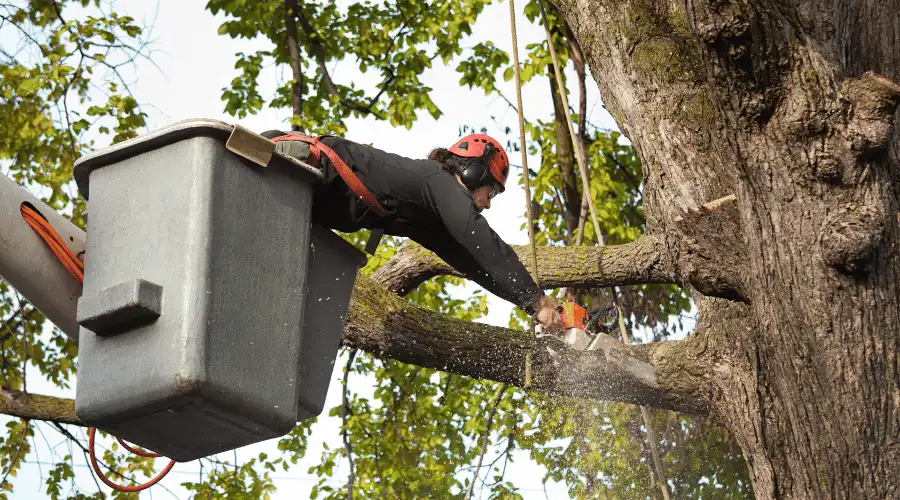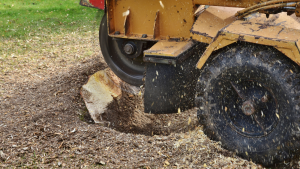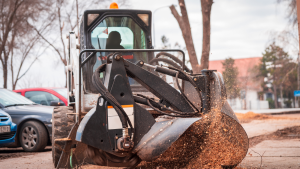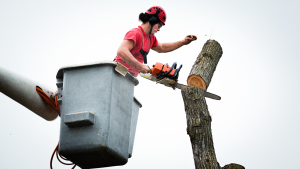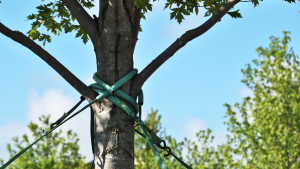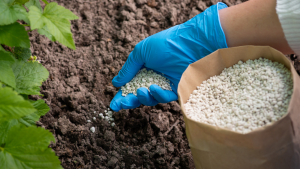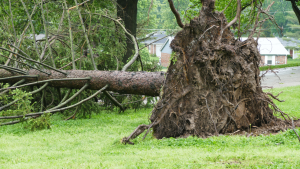Taking care of trees by trimming and removing them is essential to keep our outdoor spaces safe and looking nice. Everyone should pay attention to it, whether you’re a tree expert or someone caring for their backyard. Safety is the most important thing to remember.
In this guide, we’ll talk about what it means to trim or remove a tree. We’ll also give you a Safety Guide for Tree Trimming and point out ten essential safety tools for working on trees. These tools and tips will help ensure the job is done safely.
Tree trimming and removal are like giving a haircut to trees so they stay healthy and don’t cause any harm. Using the appropriate instruments and adhering to safety precautions, you can ensure that you and the trees are safe during this critical job. Visit https://treeservicejoliet.com/ For more Details.
What is Tree Trimming and Removal Work?
Tree trimming is chopping off specific branches or portions of a tree to improve its health, appearance, and safety. On the other hand, removal involves cutting down an entire tree, typically when it poses a risk or is diseased beyond recovery. Both activities demand careful planning and execution to prevent accidents and injuries.
Tree Trimming Safety Guide
Using a saw to trim trees can raise questions about which branches to cut and when. Make sure you stay safe by following a simple guide for tree trimming.
This guide is essential when trimming trees near power lines, removing big hanging or dead branches, or cutting large limbs close to homes. It’s helpful for tree workers, gardeners, builders, and others who work with trees. Even homeowners can benefit by making sure everyone stays safe during tree removal in the neighborhood.
With 10 essential safety tips, this guide is necessary for anyone trimming or removing trees. Look at the key ten tips for safe and effective tree trimming.
Tree Trimming Safety Guide
- Assess the Tree: Before starting any trimming or removal work, thoroughly assess the tree. Identify potential hazards, such as weak branches, power lines, or uneven terrain.
- Use the Right Tools: Ensure you have the right tools for the task. Sharp, well-maintained equipment makes the task more efficient and reduces the risk of accidents.
- Wear Personal Protective Equipment (PPE): Always wear the necessary safety gear, including a hard hat, eye protection, ear protection, gloves, and steel-toed boots.
- Plan Escape Routes: Anticipate the direction in which branches or the tree might fall. Plan escape routes to ensure a quick and safe exit in case of unexpected movement.
- Stay Clear of Power Lines: Be aware of nearby power lines. Maintain a safe distance, and if the tree is near power lines, consider hiring a professional with experience in line clearance.
- Secure Ladders Properly: If you need a ladder for higher branches, ensure it is stable and placed on level ground. Have a spotter to stabilize the ladder and assist with tools.
- Communicate Clearly: Clear communication is crucial when working in a team. Establish hand signals or verbal cues to ensure everyone is on the same page.
- Weather Conditions: Avoid tree trimming under unfavorable meteorological circumstances, including storms, heavy rain, or high winds. Rainy weather may make surfaces slick and raise the possibility of mishaps.
- First Aid Kit: Maintain a fully supplied first aid kit nearby. Accidents may occur; therefore, being ready to treat minor wounds promptly is essential.
- Know Your Limits: If the task seems too challenging or risky, don’t hesitate to seek professional help. Hiring an experienced arborist ensures the job is done safely and efficiently.
10 Safety Equipment for Tree Trimming
- Helmet with Face Shield: Protect your head and face from falling debris and branches.
- Chainsaw Safety Chaps: These specially designed pants protect against chainsaw cuts.
- Ear Protection: Protect your ears from the intense noise of chainsaws and other equipment.
- Safety Glasses or Goggles: Prevent eye injuries from flying wood chips, dust, or debris.
- Steel-Toed Boots: Provide additional protection for your feet if heavy objects fall.
- Harness and Safety Lanyard: Essential for working at heights, a harness and lanyard ensure you are securely attached to the tree.
- Gloves: Choose gloves with an excellent grip to handle tools and protect your hands from scratches and cuts.
- High-Visibility Clothing: Wear bright colors to ensure visibility, especially when working near roadways.
- Respirator Mask: Protect yourself from dust and airborne particles during trimming.
- Sturdy Climbing Gear: If climbing is necessary, ensure your gear is in excellent condition and well-trained.
Keeping safe is a must when trimming or removing trees. Follow these 10 Safety Tree Trimming Tips and use safety gear to reduce risks and ensure the job is safe and successful. Whether you’re new to this or have experience, always choose the safe way for a job well done. So, go ahead, have fun, and responsibly take care of your outdoor area.
Another awesome article about Understanding Tree Trimming Regulations
